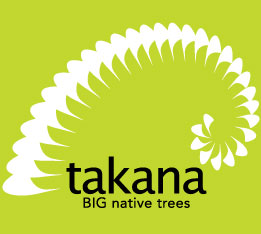Continuous cover forestry is usually defined as the use of silvicultural systems which maintain the forest canopy at one or more levels without clear felling. The requirement is the management of forests using ecological principles which mimic natural processes, to maintain the forest canopy at one or more levels, and to ensure that the forest will, as far as possible, be self regenerating. Because harvest removals are by single tree or small coupe fellings, other forest values are maintained and often enhanced. Continuous cover forestry is a sustainable system.
Management activities like releasing, pruning, thinning, harvesting and regeneration are carried out continually or irregularly through the whole of the forest area. There is no clear felling of trees when they reach some pre-determined age. During harvest the felling of areas wider than two tree heights is avoided which means that felling coupes seldom exceed a quarter of a hectare in area.
An important part of the process is the selection and maintenance of frame trees around which stands are built. Selection of frame trees concentrates on the better timber species, better quality trees, and those more suited to CCF practice.
Management of the forest for such important environmental and social factors as biodiversity, natural ecological processes, landscape protection, recreation and soil and water values are an important part of the process
In a world becoming increasingly conscious of environmental degradation, continuous cover forestry should be regarded as a very viable option for forest management. This applies especially to growing high quality timbers as opposed to fibre wood growing.


